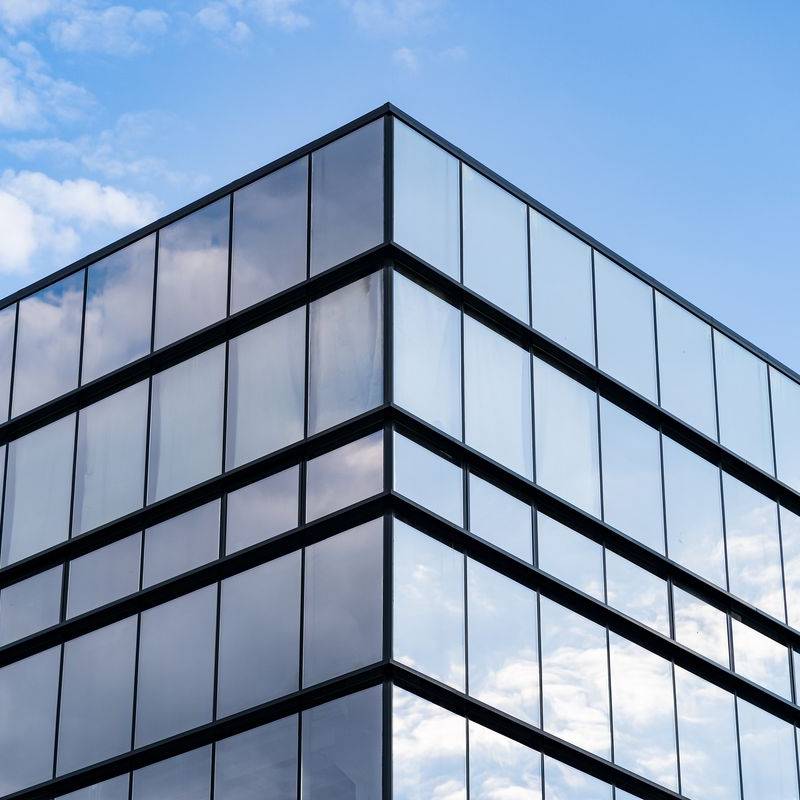

The Importance and Benefits of Low-E Glass Surface Coating
Low-emissivity (Low-E) glass has revolutionized the way we think about energy efficiency in buildings and homes. One of the most significant technological advancements within the glass industry, Low-E glass features a special coating that enhances its thermal performance. This article delves into the characteristics, benefits, and applications of Low-E glass surface coatings.
What is Low-E Glass?
Low-E glass is glass that has been treated with a microscopically thin coating that reflects heat, thereby improving insulation. Unlike conventional glass, which allows both heat and UV rays to pass through, Low-E glass selectively filters solar radiation. This means that it can effectively minimize heat transfer, allowing for a more energy-efficient environment. Low-E coatings can be categorized into two main types hard coat and soft coat. Hard coat Low-E glass has an insulating layer that is applied during the glass-making process, while soft coat Low-E glass is created by applying the coating after the glass has been formed, resulting in better performance.
How Low-E Coatings Work
The special surface coating consists of metal oxides that reflect mid and far-infrared radiation while allowing visible light to enter. This reflective capability is crucial for managing heat flow. In winter, Low-E glass reflects interior warmth back inside, reducing heating costs; in summer, it helps keep out hot sun rays, thereby lowering cooling needs. The result is a balance of natural light and comfort, significantly reducing energy bills over time.
Benefits of Low-E Glass Surface Coating
1. Energy Efficiency The most pronounced benefit of Low-E coatings is their ability to enhance energy efficiency. Buildings fitted with Low-E glass can maintain more consistent indoor temperatures while using less energy, translating to lower utility costs.
2. Improved Comfort For homeowners and occupants, the use of Low-E glass contributes to a more comfortable living and working environment. It reduces draughts and minimizes fluctuations in indoor temperatures, leading to increased comfort levels.

3. UV Protection Low-E glass also provides protection against harmful ultraviolet (UV) rays. By blocking up to 99% of UV radiation, it helps prevent fading of furnishings, artwork, and flooring while protecting the health of inhabitants from extended UV exposure.
4. Environmental Impact By drastically reducing the energy consumption required for heating and cooling, homes and buildings that utilize Low-E glass can significantly cut their carbon footprint. This makes Low-E glass an environmentally-friendly choice for sustainable building practices.
5. Aesthetic Quality Low-E coatings are designed to be nearly invisible, maintaining the clear view and natural light that attract many to windows. This aesthetic quality ensures that the beauty of a structure remains intact while benefiting from improved energy efficiency.
6. Increased Property Value Buildings equipped with Low-E glass can command higher property values and attract buyers due to the modern features and energy-saving benefits they offer.
Applications of Low-E Glass
Low-E glass is versatile and can be used in various applications, including residential homes, commercial buildings, and even automotive glass. In residential settings, Low-E windows contribute to overall energy efficiency and comfort. In commercial buildings, they play a critical role in achieving LEED (Leadership in Energy and Environmental Design) certification, showcasing a commitment to sustainable building practices.
In the automotive industry, Low-E coatings are applied to windows to maintain interior temperatures and improve fuel efficiency for electric vehicles and traditional combustion engine cars alike.
Conclusion
The advent of Low-E glass surface coatings has been a game-changer in the quest for energy efficiency and comfort. Its ability to enhance thermal performance, reduce energy costs, and protect against UV radiation makes it a valuable material in architecture and design. As the world continues to seek sustainable solutions to combat climate change, Low-E glass will likely remain at the forefront of innovative building practices, offering a blend of efficiency, comfort, and aesthetics that modern environments demand. Whether in a new home, office building, or vehicle, embracing Low-E technology is a step towards a more sustainable future.